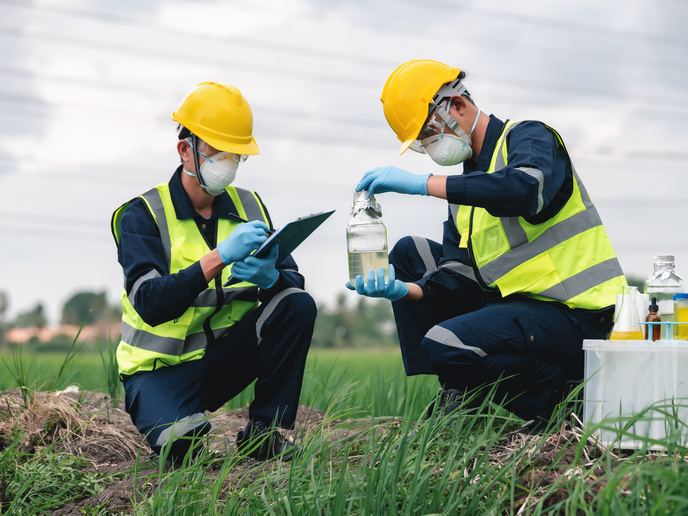Removing nanoplastic contaminants with microrobots
Molecular imprinting(opens in new window) is a cutting-edge technique that holds great potential for food and water safety applications. It enables highly selective sensors to detect contaminants at very low concentrations. A key drawback however is the fact that the technique is limited to identifying organic contaminants, such as pesticides, pharmaceuticals and dyes. This means that solid impurities, such as micro and nanoplastics, are currently unsuitable for molecular imprinting.
Targeting micro and nanoplastic pollution
The MIPhmotors project, which was supported by the Marie Skłodowska-Curie Actions(opens in new window) programme, sought to identify potential new strategies that could overcome current detection limitations, and in particular target micro and nanoplastic pollution. The project was coordinated by Brno University of Technology(opens in new window) in Czechia. “Increasing production and use of plastics has led to the accumulation of plastic waste in oceans, seas, lakes and rivers,” notes MIPhmotors project coordinator Mario Urso from the University of Catania(opens in new window) in Italy. “There, plastics slowly fragment into smaller pieces, called microplastics and nanoplastics, which can become more hazardous through adsorbing other toxic water contaminants.” These micro and nanoplastics can be ingested by fish, and directly contaminate drinking water systems. Due to their tiny size and low weight, nanoplastics can be particularly dangerous as they can diffuse rapidly and easily penetrate tissues.
Self-propelled microrobots powered by light
To address this challenge, Urso developed microrobots that were capable of trapping microplastics in water. These self-propelled microrobots, powered by light, are made of layers of a novel class of 2D, graphene-like material, called MXene. Nanoplastics are caught and held between these layers, just like books stored in a library. Using prototypes, Urso was able to demonstrate that these multidirectional microrobots can efficiently and rapidly collect polystyrene nanospheres in water samples. After trapping nanoplastics, the microrobots were magnetically transferred onto electrodes, where the amount of captured plastic was estimated. “This project has shown the potential of these microrobots in removing nanoplastics from contaminated water, and addressing a rising environmental pollution concern,” says Urso. “My hope is that this work serves as an inspiration for the further development of microrobot-based solutions for treating and monitoring water and food.”
Microrobot sensors in real-life scenarios
For Urso, next steps include developing microrobot sensors that can operate in real-life scenarios and are commercially viable. Central to this will be finding a way of reducing the cost of making the microrobots. “The materials used, called MXenes, are relatively expensive,” he notes. “What we need to do is develop a new, lower-cost approach to preparing the layered microrobots. From the start, I wanted to develop a system that avoids using expensive apparatus and requires trained personnel.” The microrobots also need to be tested in different types of water. High concentration of salt for example may hinder their performance. Urso is also interested in applying molecular imprinting techniques to these prototype microrobots, which could further increase their effectiveness. “This could be challenging though,” he remarks. “The risk is that to add this extra function a new material should be introduced, which could fill the space between the MXene layers where the nanoplastics need to be stored, reducing the performance.” Nonetheless, Urso believes that the success of this project shows the need for scientists to be versatile. “I started off by thinking about molecular imprinting, and ended up with what I think is a more innovative and efficient approach,” he says.







